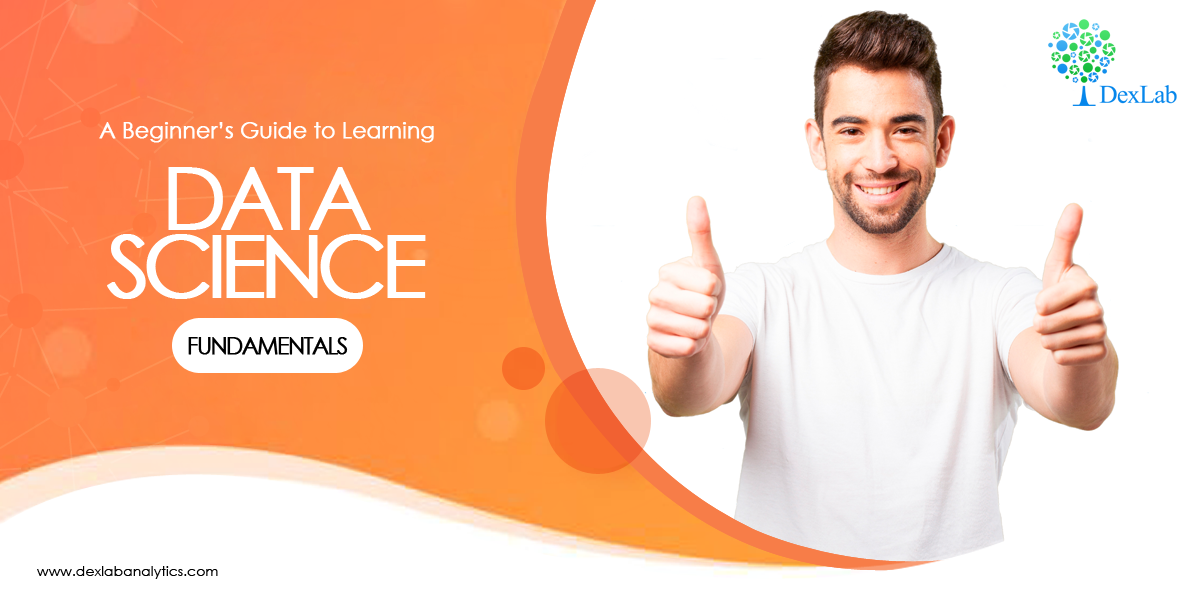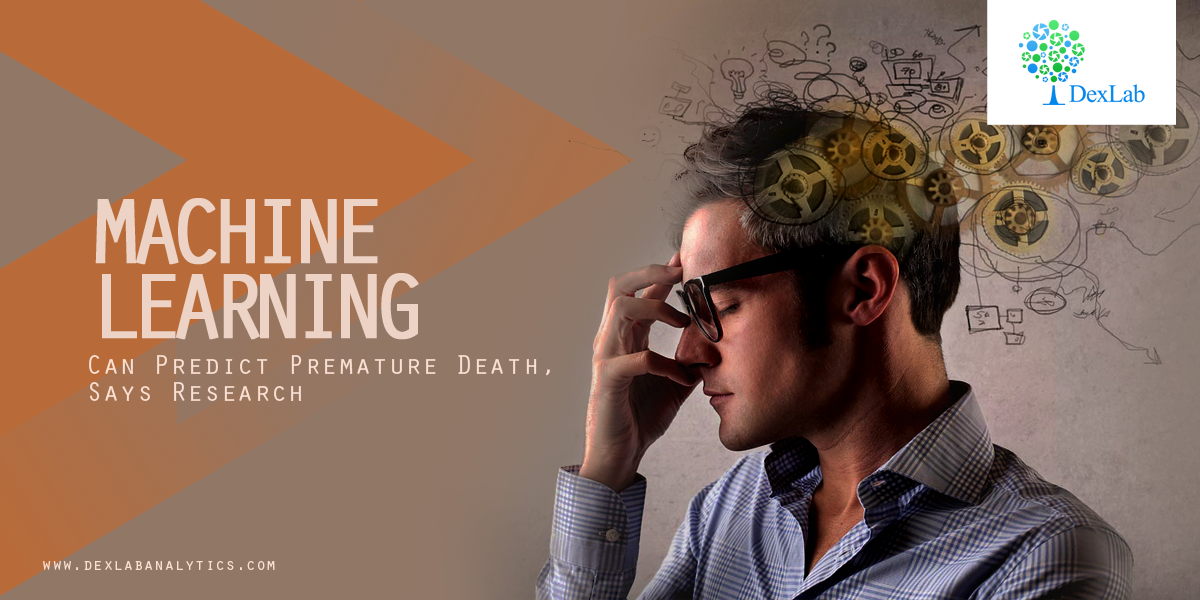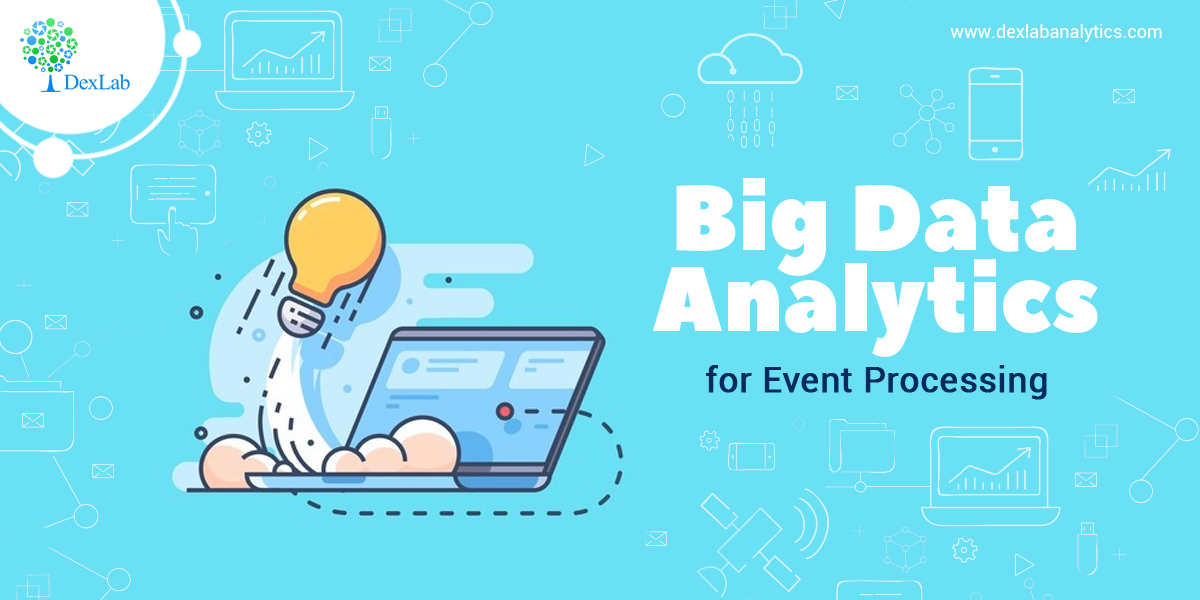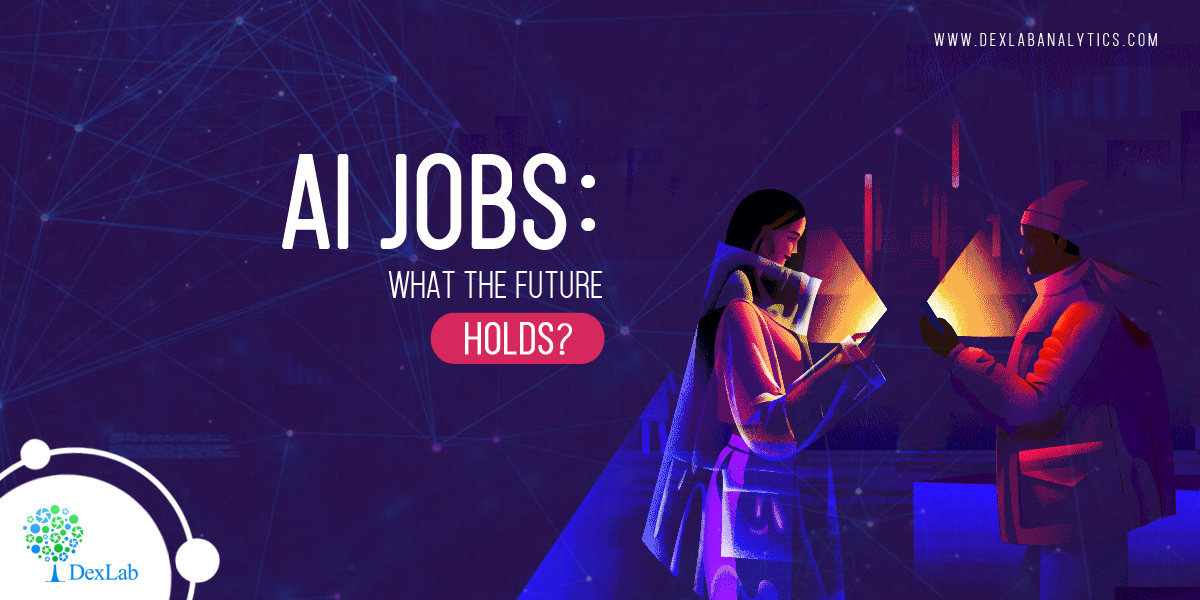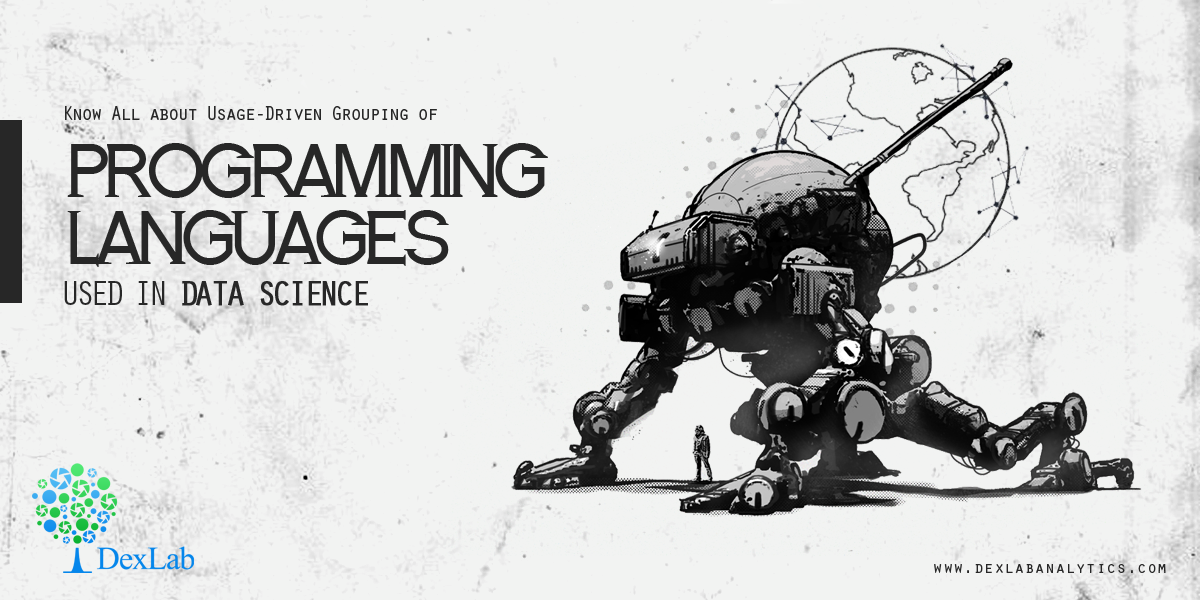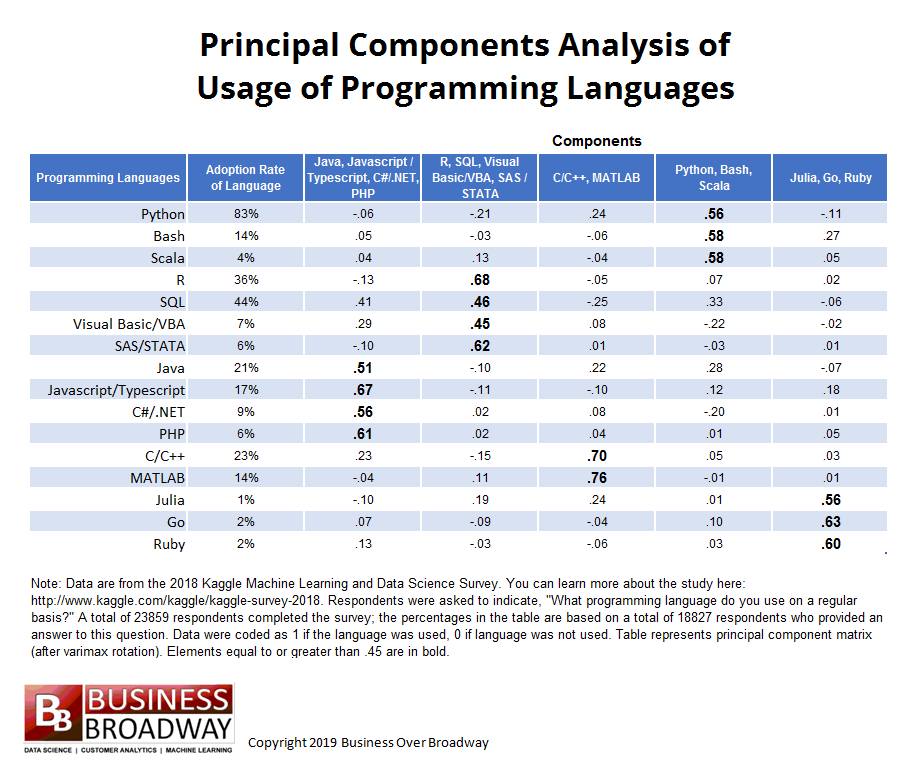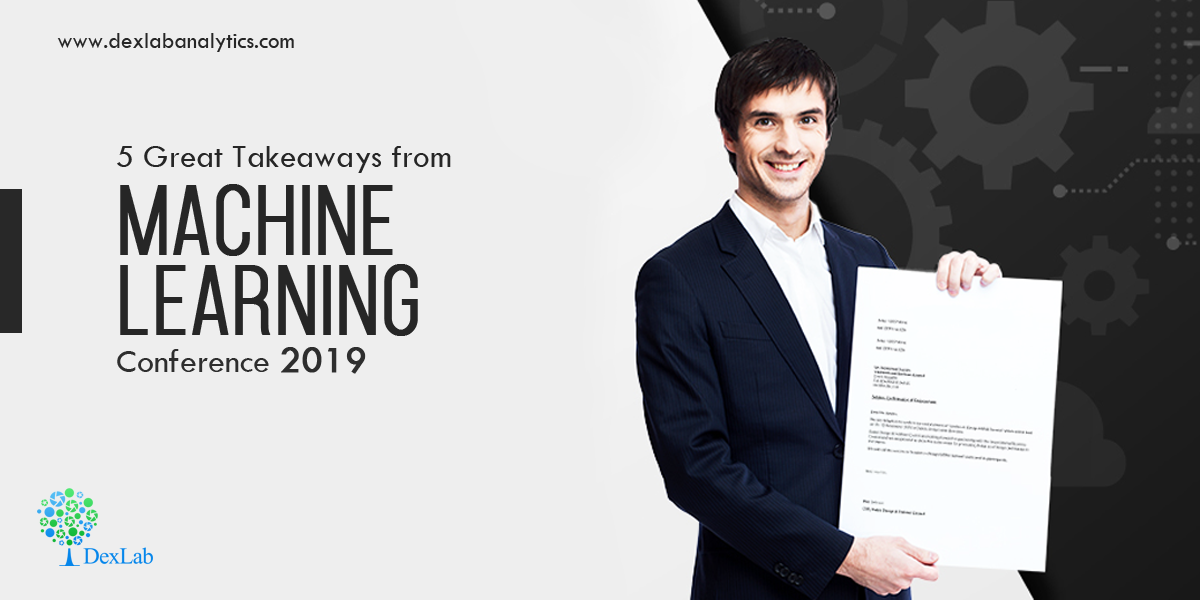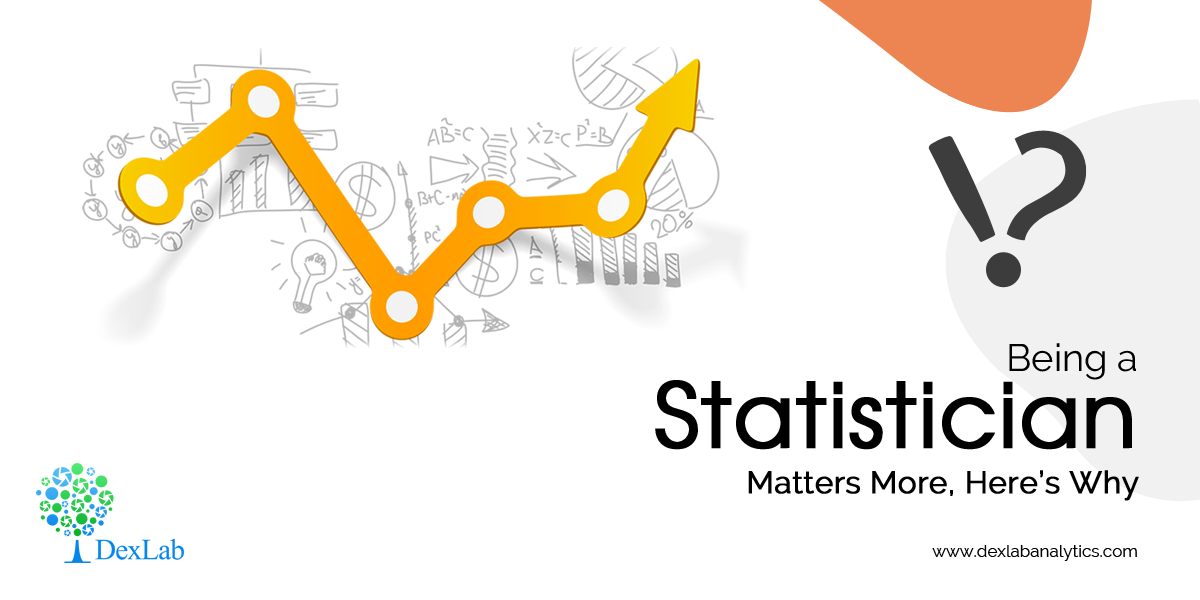
Hard Fact: Nowadays, all major organizations seek candidates who are technically sound, knowledgeable and creative. They don’t prefer spending time and money on employee training. Thus, fresh college graduates face a tricky situation.
Summer internship is a quick solution for them. Besides guaranteeing a valuable experience to the fresh graduates, internship helps them secure a quick job. However, the question is what exactly is a summer internship program and how does it help bag the best job in town?
What Is a Summer Internship?
Summer internships are mostly industrial-level training programs for students who are interested in core technical industry domain. Such internships offer students hands-on learning experience while letting them gain glimpses of the real world – following a practical approach. Put simply, summer trainings enhance skills, sharpen theoretical knowledge and are a great way to pursue a flourishing career. In most cases, the candidates are hired by the companies in which they are interning.
The duration of such internships is mostly between eight to twelve weeks following the college semesters. Mostly, they start from May or June and proceeds through August. So, technically, this is the time for summer internships and at DexLab Analytics, we offer industry-relevant certification courses that break open a gamut of job opportunities. Also, such accredited certifications add value to your CV. They help build powerful CVs.
If you are a college student and from Delhi, NCR, drop by DexLab Analytics! Browse through our business analytics, risk analytics, machine learning and data science course sections. Summer internships are your key to success. Hurry now!
Why Is It Important?
Summers are crucial. If you are college-goer, you will understand that summertime is the most opportune time to explore diverse career interests without being bogged down by homework or classroom assignments.
Day by day, summer internships are becoming popular. Not only do they expose aspiring candidates to the nuances of the big bad world but also hone their communication skills, create great resumes and make them super confident. Building confidence is extremely important. If you want to survive in this competitive industry, you have to present a confident version of you. Summer training programs are great in this respect. Plus, they add value to your resume. A good internship will help you get noticed by the prospective employers. Always, try to add references; however, ask permission from your supervisors before including their names as references in your resume.
Moreover, summer training gives you the scope to experiment and explore options. Suppose, you are pursuing Marketing Major and bagged an internship in the same, but you are not happy with it. Maybe, marketing is not your thing. No worries! Complete your internship and move on.
On the other hand, let’s say you are very happy with your selected internship and want to do something in the respective field! Finish the internship, wait for some time and then try for recruitment in the same company where you interned or explore possibilities in the same domain.
It’s no wonder that summer internships open a roadway of opportunities. The technical aptitude and in-demand skills learned during the training help you accomplish your desired goal in life.
For more advice or expert guide, follow DexLab Analytics.
Interested in a career in Data Analyst?
To learn more about Data Analyst with Advanced excel course – Enrol Now.
To learn more about Data Analyst with R Course – Enrol Now.
To learn more about Big Data Course – Enrol Now.To learn more about Machine Learning Using Python and Spark – Enrol Now.
To learn more about Data Analyst with SAS Course – Enrol Now.
To learn more about Data Analyst with Apache Spark Course – Enrol Now.
To learn more about Data Analyst with Market Risk Analytics and Modelling Course – Enrol Now.



